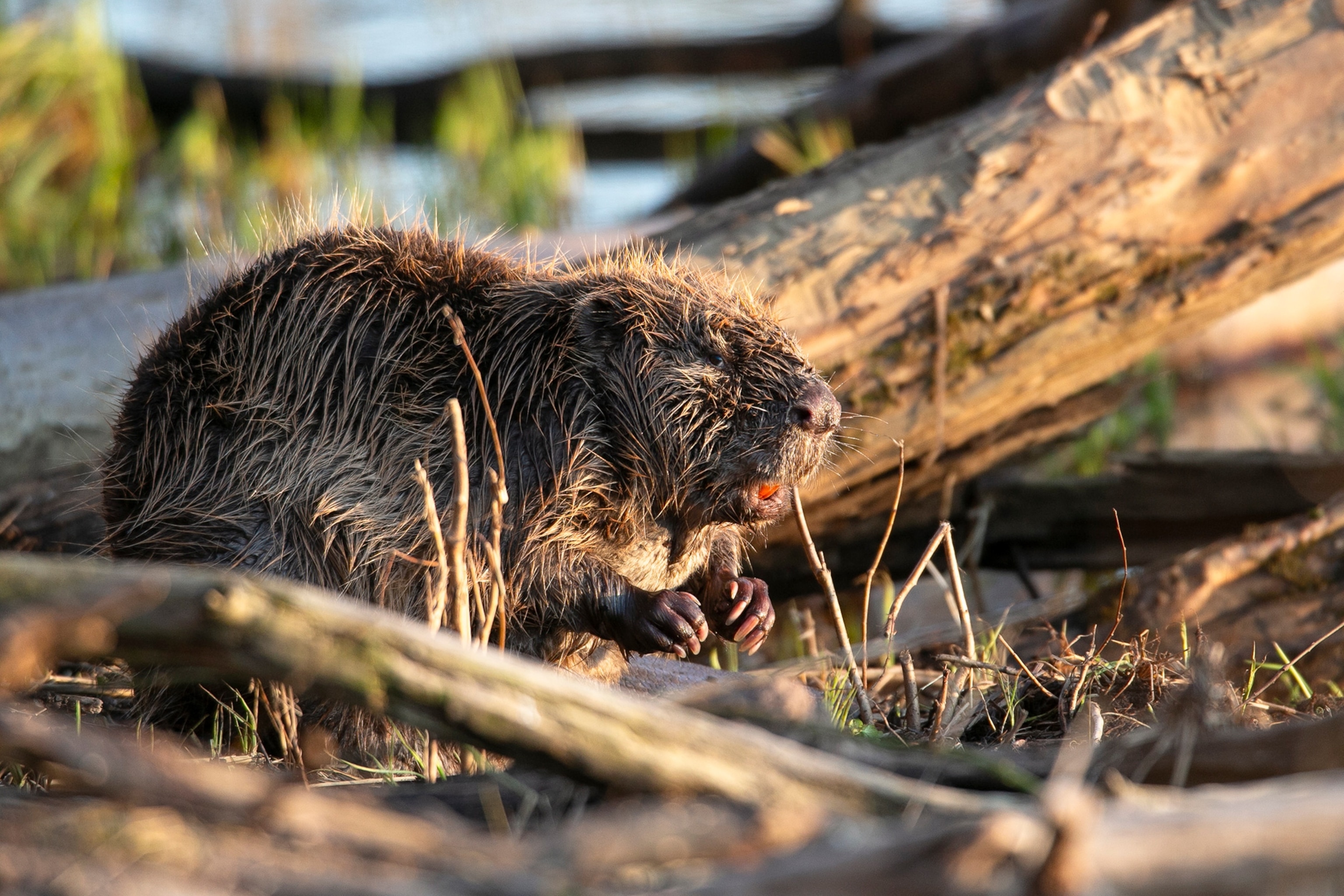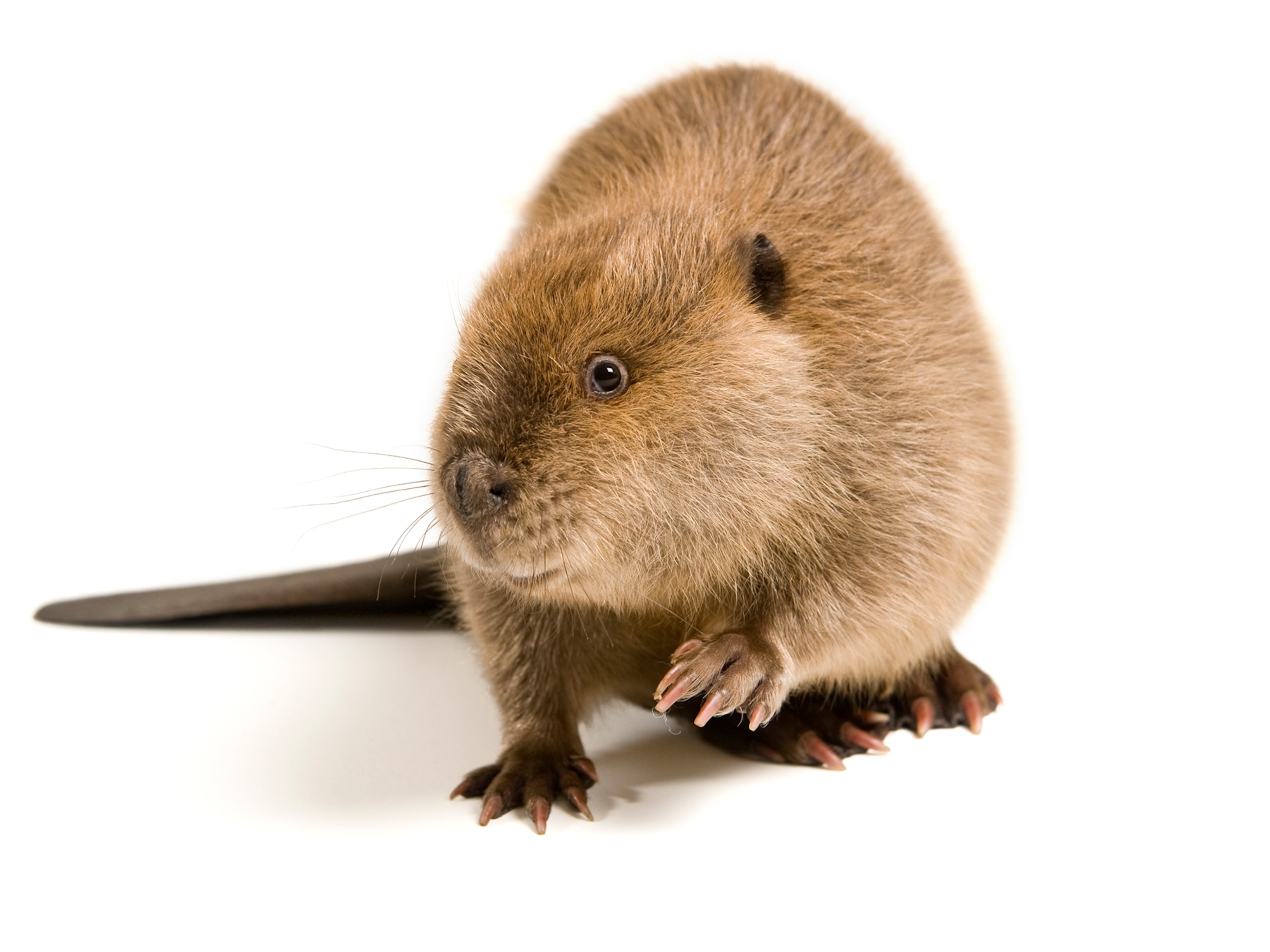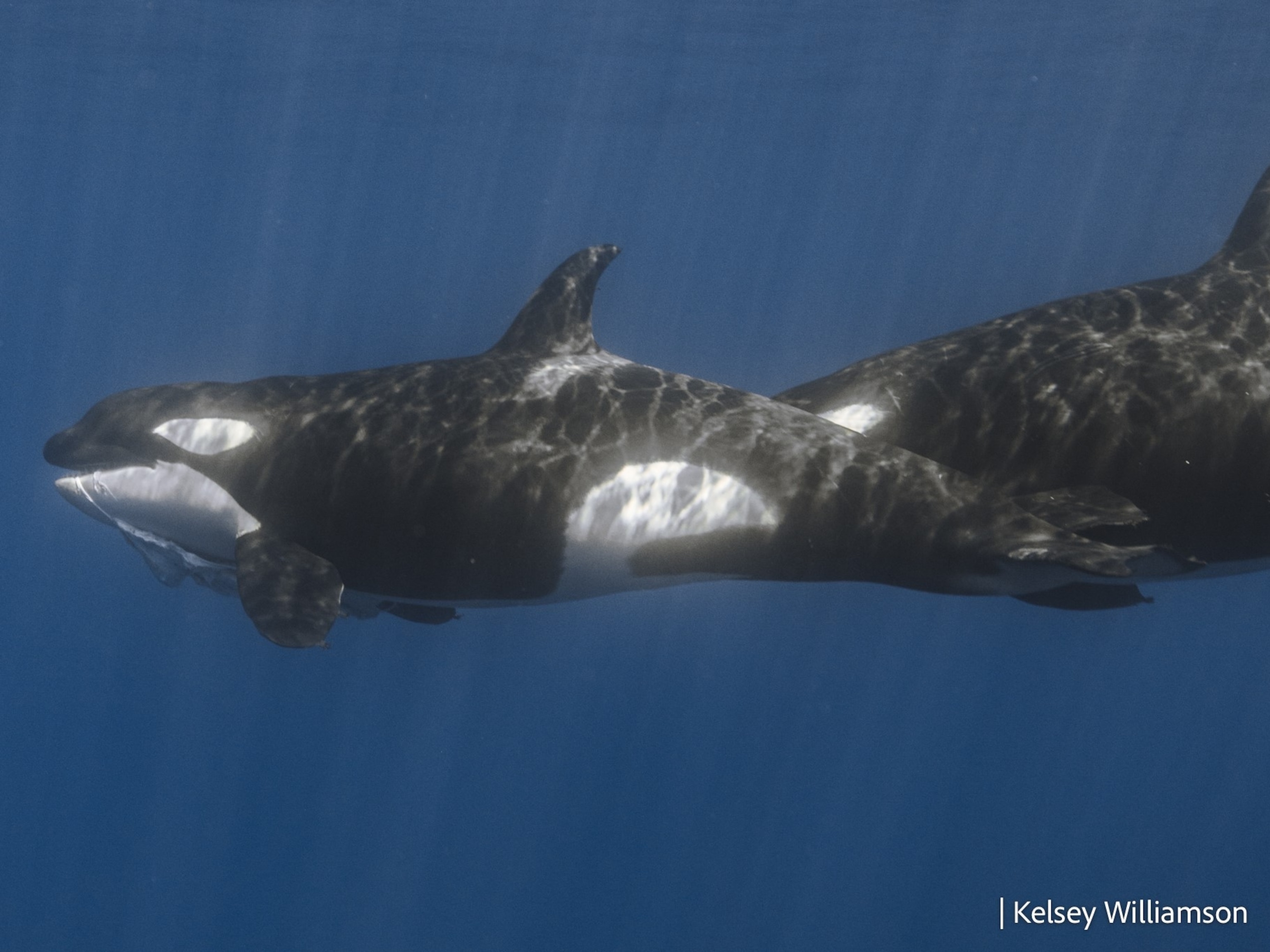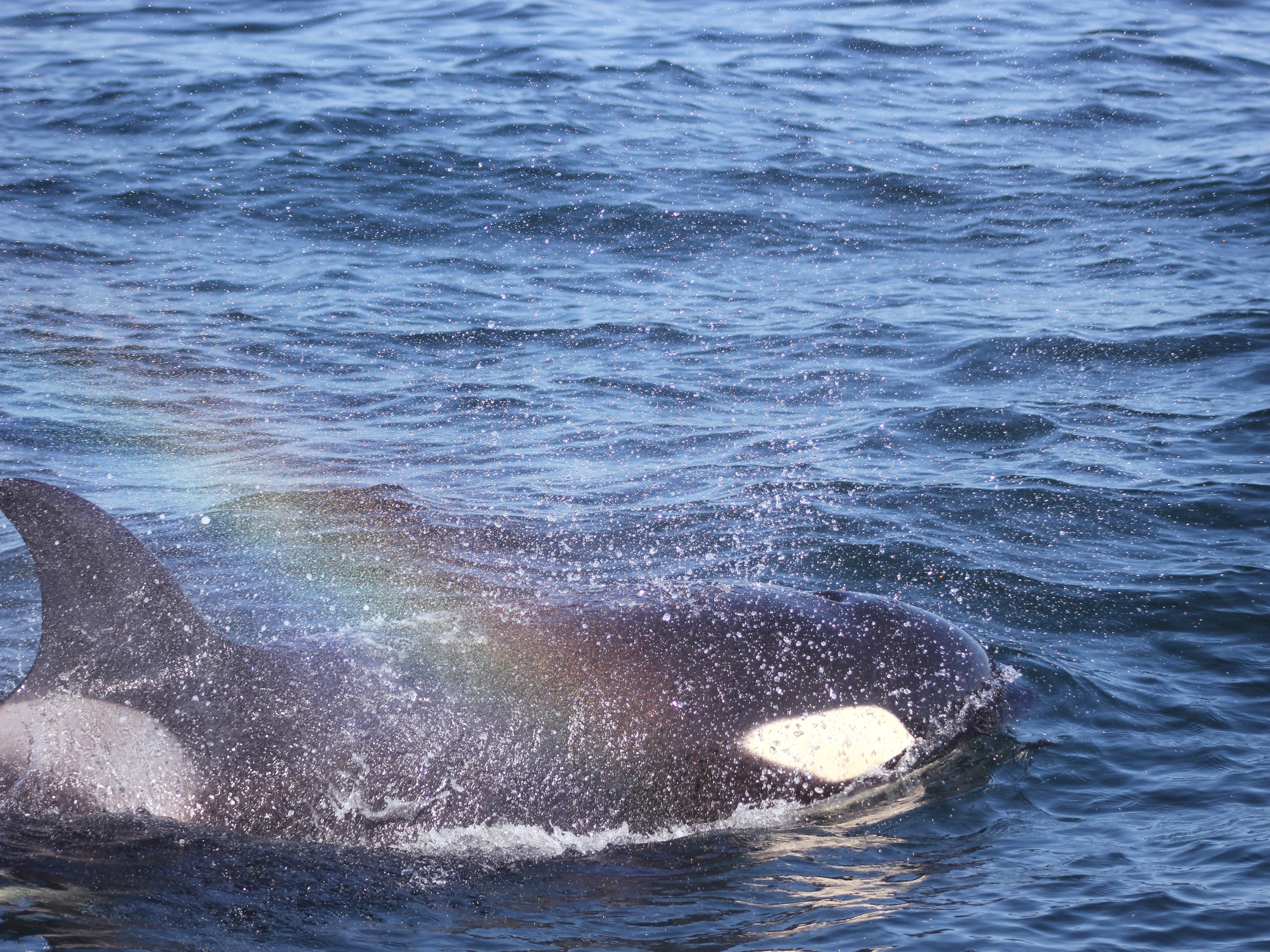
These eager beavers saved the Czech government $1.2 million
After plans stalled for a new dam in the Czech Republic, eight beavers saved the day seemingly overnight. “At this point, nothing that beavers do surprises me.”
Officials in the Brdy region of the Czech Republic were at an impasse.
Despite securing more than one million dollars’ worth of funding for a new dam to address water issues, the project had stalled after seven years of planning because the necessary building permits for such a structure couldn’t be acquired.
But then, everyone woke up one morning in January to find that the job had been completed—by eight beavers. For free.
"Beavers always know best,” Jaroslav Obermajer, head of the Central Bohemian office of the Czech Nature and Landscape Protection Agency, told Radio Prague International, which first reported the story.
Beavers are semi-aquatic rodents that use rocks, mud, and wood to dam up streams. This creates wetlands known as “beaver ponds,” which the animals use as sources of food, as well as protection from predators.
(Beavers were once literally parachuted into the Idaho wilderness.)
But these structures also create habitat for scores of other species, such as aquatic insects, fish, and amphibians as well as larger creatures like herons, whooping cranes, moose, and bison. Beaver dams can also serve as natural firebreaks, carbon sinks, and they provide flooding control.
Gerhard Schwab, beaver manager for the southern part of Bavaria for the Federal Nature Conservation Association, says he’s not surprised to hear that the beavers did a good job. However, he’s skeptical of some reports that they did so “overnight.”
“I could as well believe that the pyramids were built in one week,” says Schwab in an email.
While Schwab says beavers are quite capable of flooding an area overnight, the construction of a true dam can take a few weeks. The more likely scenario is that no one noticed the beavers’ work until it was done.
Beavers are the original ecosystem engineers
Scientists define “ecosystem engineers” as animals that modify their environment and make resources available that wouldn’t be otherwise. And beavers are one of the most cited examples of animals fulfilling this role.
Using powerful incisors, beavers gnaw on trees and other vegetation. Not only does this clear woodlands, but they also use some of the trees they knock down in the construction of dams, which impede the flow of water.
Beaver dams can be massive structures. The largest beaver dam on record is in Wood Buffalo National Park in Canada, stretching the length of seven football fields. The dam is so big, it can be seen from space.
“At this point, nothing that beavers do surprises me,” says Ben Goldfarb, a science journalist and author of Eager: The Surprising, Secret Life of Beavers and Why They Matter.
But while the rodents, which can weigh up to 60 pounds, are obvious benefactors for other wild animals, Goldfarb says beavers have a long history of assisting humans too.
(How beavers became North America's best firefighter.)
In one example from Oregon, beavers built dams on the property of a large, multimillion-dollar stormwater treatment facility. When scientists looked more closely, they learned that the animals were able to filter out heavy metals and other pollutants about twice as well as the human-built structure.
Some groups, such as the Yurok Tribe in California, have even started building beaver-dam-analogues in places where it is currently illegal to introduce beavers. Not only does this provide beaver-like ecosystem services, but it has the potential to lure beavers to such areas naturally.
Beaver benefits could also be seen clearly in the aftermath of the Sharps Fire in Idaho, which razed mountainsides and forests for as far as the eye could see—except in the valleys where beavers roamed, which remained lush, wet, and green.
Credit where it’s due
Eurasian beavers, which are native to Europe, were once hunted to near extinction. But recent decades have seen resurgences across their range, with reintroductions in many places, such as the Czech Republic.
Goldfarb says he gives the authorities there a lot of credit with regard to the recent news story.
(Does your vanilla ice cream have beaver goo in it?)
“Instead of saying, ‘That wasn't what we planned originally,’ they recognized that these animals are filling that ecological function very well and said, ‘We're going to let them keep doing it.’”
“The beavers have done a great job,” says Schwab, who had just returned from a day spent surveying beaver sites.
Schwab was happy to report that he found a valley bottom in Belgium rich with a mosaic of ponds and newly created creeks—proof of the power beavers have to remake the world.
“A creek without beavers is not a creek,” says Schwab. “It's just water!”





